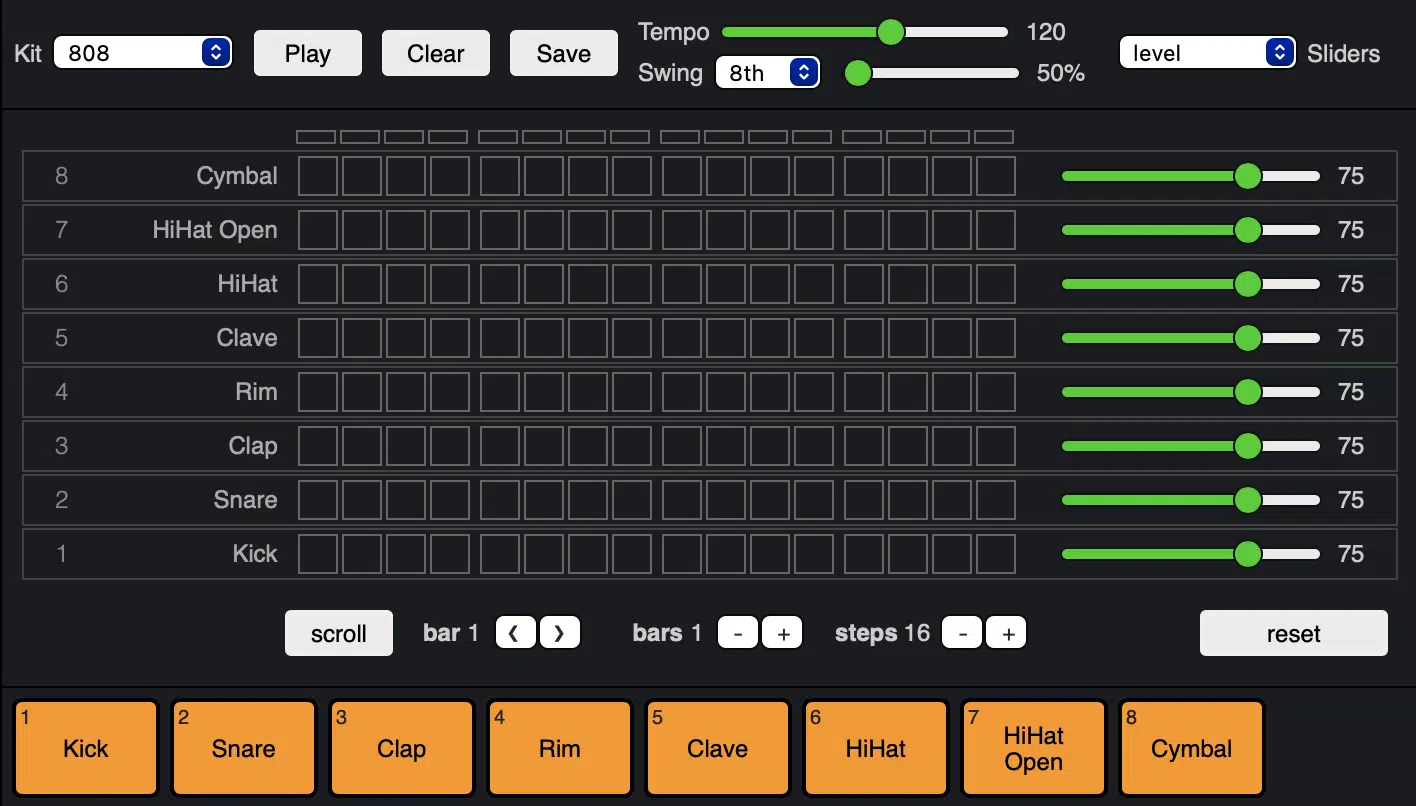Are you a music enthusiast who loves experimenting with different sounds and beats? Look no further than Ableton Live, a powerful digital audio workstation that enables you to create unique and captivating percussion sounds. In this article, we will explore various techniques and tools that will help you unlock your creativity and take your percussion game to the next level.
1. Choosing the Right Samples
The foundation of any great percussion sound lies in the quality of the samples you use. Ableton Live offers a vast library of pre-recorded percussion samples that span multiple genres and styles. Take the time to explore the library and select samples that resonate with your desired sound. From traditional instruments to boisterous electronic beats, you’ll find an impressive selection to work with.
Credit: www.productionmusiclive.com
2. Layering and Processing
Layering percussion sounds can add depth and texture to your tracks. Experiment with blending different samples together to create a unique sound. Ableton Live provides a straightforward approach to layering by allowing you to stack multiple samples within a single drum rack. Once you’ve achieved the desired combination, you can further enhance the sounds using a variety of effects within Ableton Live’s extensive arsenal.
3. Applying Effects
Ableton Live offers a range of effects that can help transform your percussion sounds. From simple EQ adjustments to complex reverbs and delays, these effects allow you to sculpt your sound and add a professional touch. Experiment with different settings and parameters to find the perfect balance that complements your track.
4. Incorporating Automation
Automation is a powerful feature in Ableton Live that allows you to create dynamic and evolving percussion sounds. By automating parameters such as volume, panning, and filter cutoff, you can add movement and interest to your beats. Spend time experimenting with automation to bring your percussion patterns to life.
5. Sampling and Manipulating
Taking advantage of Ableton Live’s sampling capabilities can elevate your percussion sounds to new heights. Record and manipulate your own samples or import pre-recorded sounds into Ableton Live’s Simpler or Sampler devices. From there, you can chop, stretch, and pitch-shift the samples to create entirely unique percussion textures.
6. Utilizing MIDI Controllers
Ableton Live seamlessly integrates with MIDI controllers, providing a hands-on approach to creating percussion sounds. By connecting drum pads or MIDI keyboards, you can program beats in real-time, giving you more control and allowing for a more immersive creative process. Experiment with different MIDI controllers to find the one that suits your workflow.
7. Exploring Drum Synthesis
For the more adventurous music producers, Ableton Live offers a range of drum synthesis tools that enable you to design your own percussion sounds from scratch. From FM synthesis to physical modeling, these tools provide endless possibilities for creating unique and unconventional percussion textures.

Credit: unison.audio
Frequently Asked Questions For Creating Percussion Sounds In Ableton Live: Master Your Beat
How To Create Percussion Sounds In Ableton Live?
To create percussion sounds in Ableton Live, use drum racks and experiment with different samples and effects.
What Are Some Techniques For Designing Unique Percussion Sounds?
Experiment with layering different sounds, manipulating parameters, and using unconventional samples for designing unique percussion sounds.
Why Is It Important To Have Unique Percussion Sounds In Music Production?
Unique percussion sounds can add character and depth to your music, helping it stand out and create a memorable listening experience.
What Are Some Essential Ableton Live Devices For Percussion Sound Design?
Ableton Live offers a range of devices such as Simpler, Drum Rack, and Impulse that are essential for percussion sound design.
Conclusion
With Ableton Live, the possibilities for creating unique and captivating percussion sounds are endless. By selecting the right samples, layering and processing, applying effects, incorporating automation, sampling and manipulating, utilizing MIDI controllers, and exploring drum synthesis, you’ll be well on your way to producing beats that stand out from the crowd. So, let your creativity soar and watch as your percussion creations take your music production to the next level!